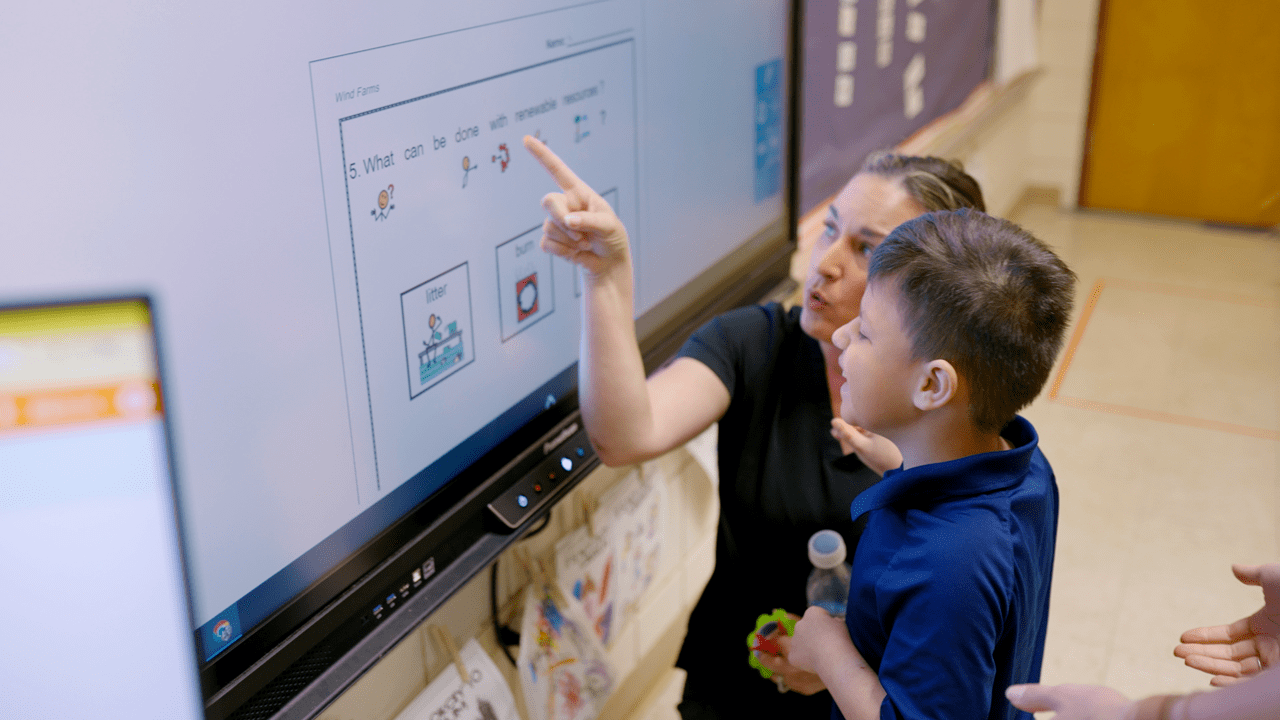The transition from school to adult life presents monumental challenges for some individuals with autism. Many crave successful friendships and romantic relationships and a rewarding job, but they struggle greatly with the social skills needed to be successful in those areas. Adults with autism face substantial rates of unemployment and social isolation, in numbers greater than any other disability category.
Social skills are important across the lifespan of every individual and are crucial in obtaining success, both professionally and personally. Lack of social skills is one area that must be addressed to improve outcomes for adolescents and young adults on the autism spectrum.
In this two‑part series, we will discuss barriers, planning, and best practices in teaching social skills to young adults with autism. First, we will identify social skills barriers and the need for direct instruction of these skills, as well as considerations while planning to teach those individuals. Second, we will identify impactful instructional approaches leading to success.
Barriers to learning social skills
Deficits in social communication and interpersonal skills are hallmarks of autism. Some defining characteristics of autism can present significant barriers to mastering social skills. They include:
- Restricted interests that can interfere with meaningful social interaction
- Verbal language deficits that make functional verbal communication difficult
- Deficits in social‑emotional reciprocity that interfere with the ability to share interests and sustain conversations
- Deficits in nonverbal communication that cause missed social cues
- Difficulty making eye contact, which can be viewed as offensive by some people
- Sensory integration problems that can affect the ability to maintain personal boundaries or attend to interpersonal interaction
- Difficulty in understanding that other people have thoughts and feelings that are different from their own
- Literal thinking that prevents accepting that there are “gray areas” in social interactions and degrees of feelings
Evaluate and plan social skills prior to teaching
Autism exists on a spectrum; everyone with autism is unique and has different degrees of foundational knowledge, strengths, and areas of weakness. Careful assessment and evaluation are essential to obtain baseline information, prioritize needs, and create meaningful and practical social skills goals. The age, cognitive ability, idiosyncrasies, and desires of individuals should all be taken into consideration when planning and prioritizing social skills instruction. Formal and informal assessments; interviews with parents, teachers, and other individuals who know the student well; student self‑reports; and observations should all be used.
Areas to consider when assessing and planning social skills instruction:
Classroom Skills
- Answering in class
- Working in groups
- Asking for help
- Commenting
Personal Skills
- Voice volume
- Hygiene
- Understanding personal space
Friendship Skills
- Apologizing
- Giving compliments
- Respecting differences
- Recognizing what a friend really is
Self‑Regulation Skills
- Learning and using relaxation techniques
- Conflict management
- Recognizing and responding to emotions in themselves and others
Conversation Skills
- Avoiding sensitive topics
- Recognizing and reacting to sarcasm
Social Media Safety
- Privacy issues
- Sharing and downloading images
- Knowing the difference between an online “friend” and a real‑life friend
Employment Skills
- Asking for accommodations
- Responding to criticism
- Time management
- Email and texting etiquette
Romantic Relationships
- Recognizing the difference between flirting and stalking
- Compromising
- Expressing affection
- Respecting boundaries
Sexuality Issues
- Informed consent
- Differences between private and public behavior, places, and pictures
Safety Skills
- Sharing personal information
- Behaviors that are illegal
- Responding to teasing and bullying
Each student has individual needs to consider, and goals should be designed accordingly. This will help the young adult on their journey to build appropriate social skills that make a positive impact in multiple areas of their personal and professional life.
Services provided to students with autism
When planning social skills instruction to meet areas of need, it is often helpful to take a step back and look at the big picture. For example, keep in mind that students may already be receiving some related services that help them work toward their goals. During high school, students with autism may receive services such as:
- Speech‑language therapy
- Occupational therapy
- Vocational Rehabilitation
- Personal‑assistant services
These services, as well as other supports that are offered to students who have Individualized Education Programs (IEPs) or 504 Plans, help them to make meaningful progress in school. After high school, these supports and services decrease dramatically or disappear altogether.
When the entitlements afforded them through their IEPs end, young adults who need help must seek out programs and request assistance from agencies or employers. This change represents another significant barrier to successful transition to adulthood. Resources such as social workers and/or case managers can help to facilitate this transition from high school to adult life and help students take advantage of community‑based programs.
In addition, many people with autism have comorbid diagnoses like attention-deficit/hyperactivity disorder (ADHD) and anxiety that affect their ability to manage their behavior. Both of these areas should be given consideration during transition planning.



